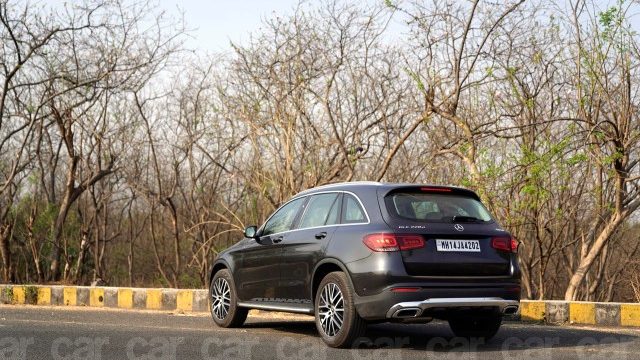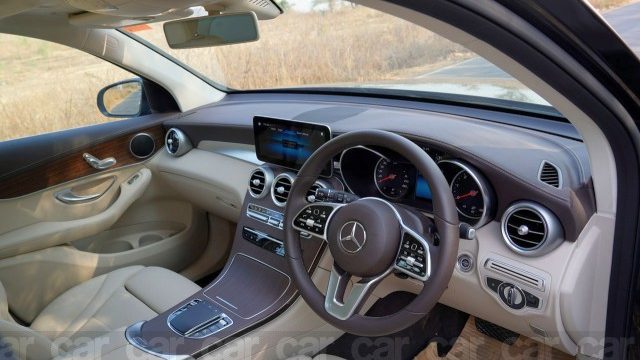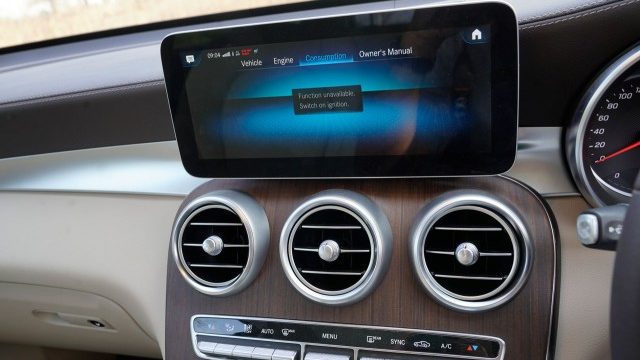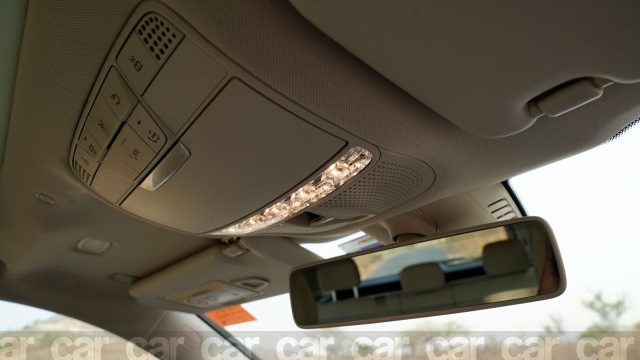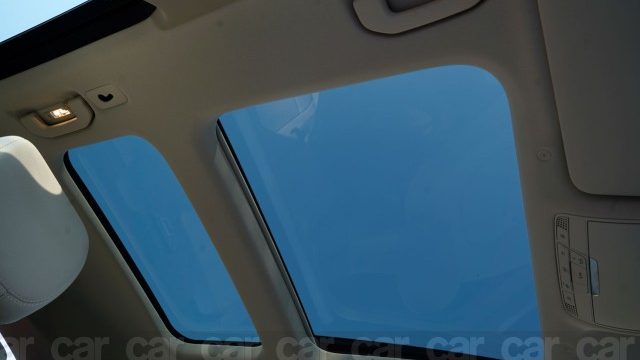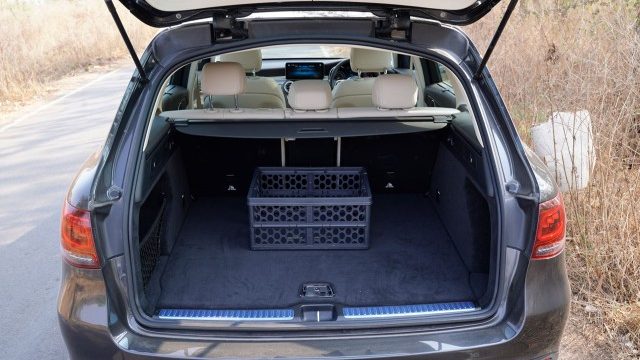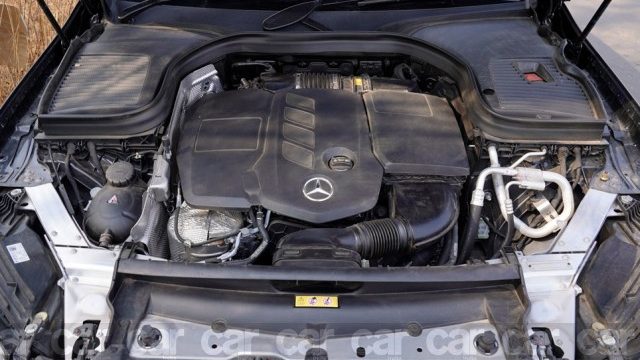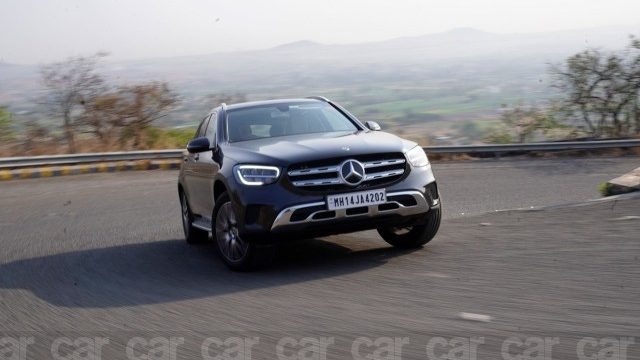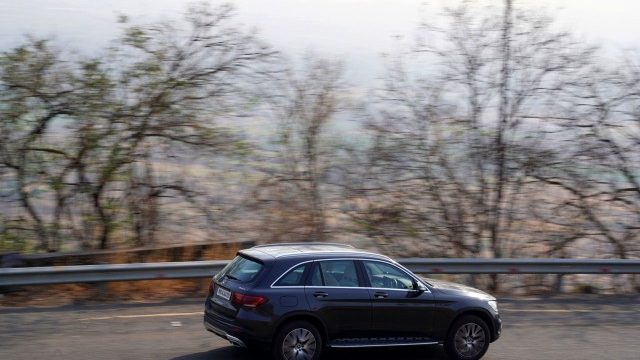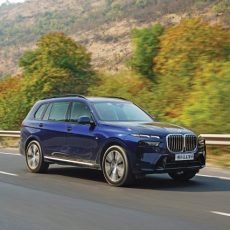We test the 2020 Mercedes-Benz GLC 220d BS6 which has received a makeover with refreshed styling, plenty of new features, and a new diesel engine.
Mercedes-Benz’s top-selling premium SUV has just become better. The “GLC 220d” nomenclature may not have changed, but the car has been given a serious makeover. Apart from the usual styling updates and additional features, the crossover gets a new 2.0-litre diesel engine which was first introduced in the C-Class. More on the engine in a short while. Let’s quickly go through the design updates of the GLC 220d.
Design
You can’t miss the new LED headlamps with eye-catching lighting profile and integrated LED daytime running lights. The front bumper now gets more chrome highlights and has been carved out to improve the approach angle. I like the new twin-slat chrome grille, too, which holds a larger Mercedes-Benz logo with glossy piano-black inserts. You’ll also appreciate the large 19-inch alloy wheels with a dual-tone finish and the brush-metal running board. Since the GLC isn’t a very tall car, I don’t see many owners using it, though. Barring these, there’s much on the side profile to tell the 2020 model apart from the outgoing one. At the back, there are a pair of new tail-lamps and a re-designed bumper with faux exhaust tips because the new BS-VI engine actually has just one exhaust pipe positioned under the bumper. The changes do uplift the styling quotient a fair bit, making it a worthy facelift.
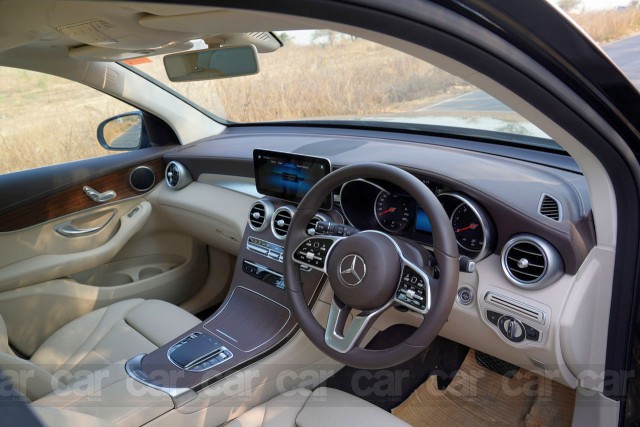
Interior
As you step inside the car, the dashboard layout might look similar but there are quite a few changes in the cabin too. The designers have given the dash a new colour theme, while the centre console and door panels get upmarket wood finish. There’s a larger 10.25-inch touchscreen which features the new MBUX system which makes its début in India with the GLC and we’ve spoken at length in our first drive review of the car. This is one of the slickest infotainment systems in the segment and now comes embedded with a SIM card, giving it a host of connected-car features using the Mercedes Me app. The infotainment can be controlled in a zillion ways: via the touchscreen itself, using the smart touchpad located on the centre console and the steering wheel or through voice commands.
MBUX system
The highlight of the MBUX system is the voice assistant program which responds as soon as you say, ‘Hey, Mercedes.’ You can use it to set features such as the car’s climate control, music system or the ambient lighting, among others. Since there are dedicated mics for the driver and co-passenger, it also understands who’s given the command. For example, if the front passenger wants the a-c to become cooler, the MBUX would adjust the climate control just for his/her side of the car. Pretty clever that. It mostly understood my Indian accent without much trouble but isn’t as clever as Siri or Alexa and at times does tend to fumble.

Cabin Room
Cabin room is ideal for four and the space at the back isn’t generous but adequate for an Indian of average build. The seat comfort is top-notch and, for privacy, there are sunblinds on the rear windows. Passengers will appreciate the rear a-c vents, while a couple of USB Type C ports ensure they continue to work or watch popular series on mobile devices without running out of charge during long drives.
Features: Hits
The centre console touchpad gives out reassuring haptic feedback, making it very convenient to use on the go. I relied more on the steering-mounted one because it’s so much easier to navigate without getting your hands off the wheel. There’s a touchpad on the right side of the steering wheel, too, which helps you play around with the driver’s information display. It’s disappointing that India doesn’t get the virtual dials that Mercedes provide in international models. Interestingly, we do get proximity sensors that warn the driver with a red light on MID whenever there’s a car driving too close for comfort. The intelligent system encourages you to maintain a safe distance in case of emergency braking. What makes the drive even more comfortable are a host of driver aids such as lane-assist which send a buzz through the steering wheel when the car drifts out of a lane.
Feature: Misses
For a Rs 60-lakh car, the GLC 220d could have been better equipped. For instance, it gets reverse camera with park assist, but without the 360-degree camera feature. The seat upholstery is leatherette and not real leather and there’s no memory seat even for the driver. Since there are only USB-C ports for your smartphone, you’ll probably need to invest in charging cables too. Having said that, I made full use of the extendable under-thigh seat support and the wireless charging dock on the front centre console. Also impressive is the massive sunroof and there’s even an SOS button on the roof to reach out to Mercedes-Benz emergency helpline.

Engine and Performance
Speaking of which, the cabin is sublimely insulated and occupants will be hard pressed to realise that there’s a diesel motor under the hood. One can hardly feel any thrumming from the 1,950-cc motor thanks to the improved insulation of the engine block. It’s also cleaner, being BS6-compliant and comes with a separate Adblue reservoir. Despite being smaller than the outgoing model, the new engine makes 24 hp more power and is more efficient as well. The additional power isn’t very obvious when you drive it due to the relaxed nature of this engine, while the automatic transmission toggles smoothly through the nine gears.
The short ratios of the lower gears and taller higher gears give the GLC slow speed agility and relaxed highway cruising ability – offering best of both worlds. Though it can get enthusiastic, the gearbox never feels sporty even if you engage the Sport mode and take charge of the paddle shifters. So, it doesn’t shed a couple of gears aggressively as you drive it through a section of hilly roads nor does it power out of the exits to give you the goosebumps. We pushed it and managed to do the 0-100 km/h run in 9.7 seconds and crossed the quarter-mile in 14.89 seconds, 135.86 km/h. Decent figures but not exactly stimulating. The braking time of 2.10 seconds from 80-0 km/h isn’t bad either as it uses Brake Assist during hard braking to achieve this. But during regular driving, the pedal needs a little effort to drop the anchor.
Ride Quality
This might not be the sportiest but definitely one of the most luxurious drives the segment has to offer. The ride quality is true to this as well. The GLC still does not get adaptive dampers and continues to use the same suspension set-up. It does feel a tad firmer than before and with an improved rebound. This ensures that the occupants don’t feel the usual road bumps and undulations unless it hits a sharp road joint or a deep pothole. The large 19-inch wheels with lower tyre profile amplify the issue to a certain extent.

Conclusion
It’s not really a true-bred driver’s car and you’ll notice body-roll during fast-pace lane switches and hard cornering. Drive around with a light foot and it continues to impress with its engine refinement and fairly cushioned ride. You get the best out of this Mercedes by cruising down the road and relish the refinement and comfort. With the mandatory speed warning post 120 km/h I’m sure not many would like to cross the figure for long durations anyway. The GLC 220d is tuned to cruise, keep your family comfortable, surround you with opulence and luxury. And it does that really well.


